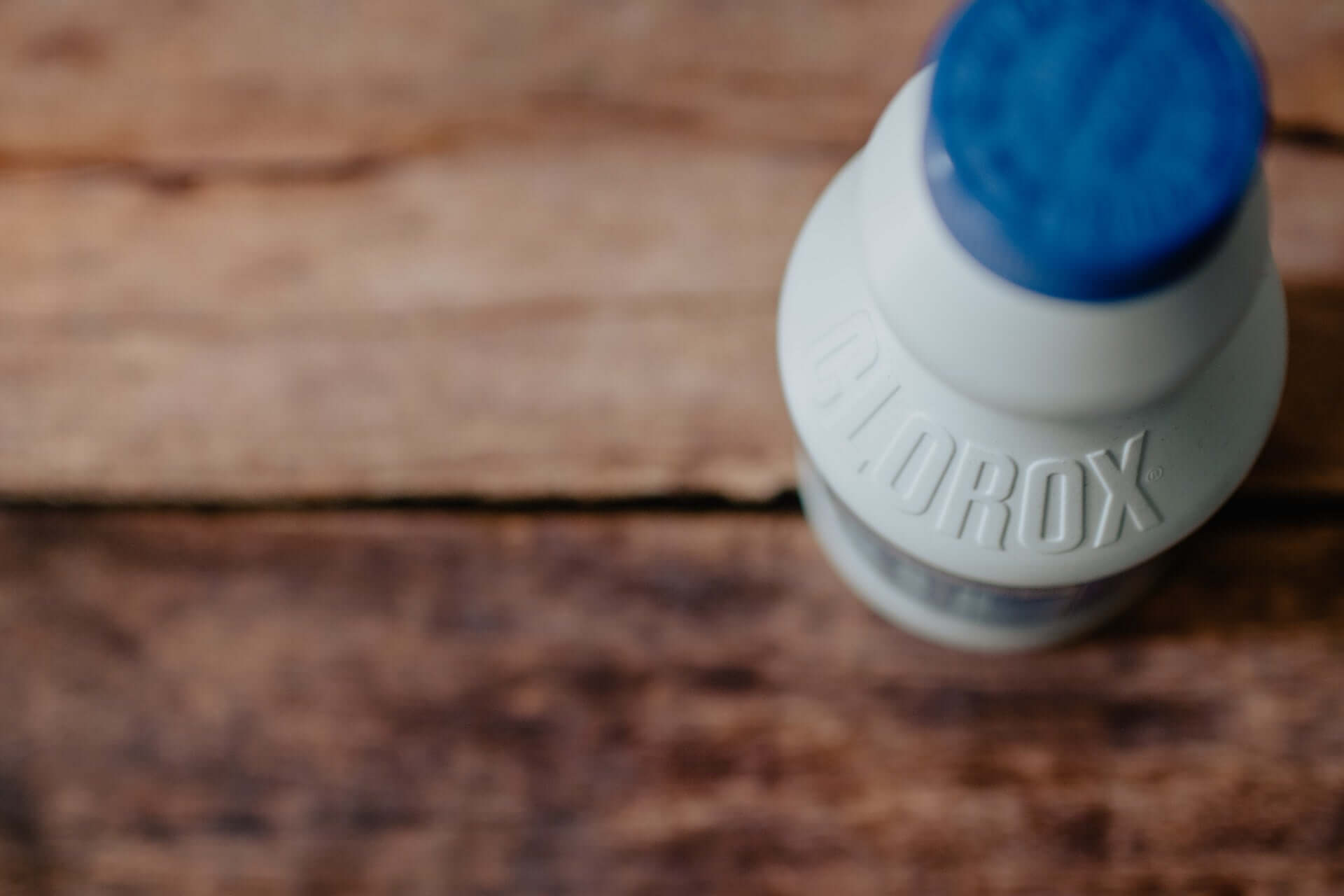You've just harvested your flower and hung it to dry — now what? It's time for deep clean and sterilization of your grow tent.
Whether you are growing hydroponically or in soil, regular cleaning is essential. What's more, a detailed plan for sterilizing all tools, surfaces, and containers between crops is necessary for reducing the risk of disease.
If you've never done a full clean of your grow tent before, now is the time. Follow along on our cleaning and sterilizing protocols to set your next grow up for success.
Cleaning vs. Sterilizing When Growing Cannabis
One more time for the people in the back! There is a big difference between cleaning versus sterilizing. Knowing the difference between the two is essential for a grow room free of pathogens.
Cleaning is the simple process of using mild decreasing solutions to remove built-up grime and dirt on surfaces and tools. Cleaning can also mean mopping, sweeping up debris, and general tidiness in the grow space.
Your cleaning routine should happen daily, as you put away tools, clean up leaves or dead plant material from the floor, and wipe up spills of nutrients or water.
Sterilizing means tackling fungal spores, bacteria, and other pathogens. Normal cleaning products don't kill these. Instead, most growers use dilutions of bleach or hydrogen peroxide to eliminate these microorganisms. Sterilizing is a deep clean in between grows or when you are battling mold, mildew, or other diseases in the grow tent.
Bleach is best for non-plant touching tools and surfaces, while hydrogen peroxide is safer for anything that may encounter your plants (reservoirs, containers, irrigation lines, etc.).
Step-by-Step: How to Clean Your Grow Room
Before you get started, ensure you are following the instructions for proper dilution and handling on all cleaning and sterilizing products you use.
If you are working with harsher chemicals, use gloves and safety glasses while handling.
- Clean Vents
Your grow tent vents will eventually require a clean out as they get coated in dust, dirt, and debris. Use a vacuum to clean up the stuck-on particles.
Once you have removed the surface grime, it doesn't hurt to then follow up with a whip down of a mild soap. Don't forget to target the inside and outside of each grow tent vent.
- Clean and Replace Intake Filters
Your intake fans are constantly moving air through your grow tent, which means they also move dust and microscopic particles. The filters need routine cleaning and replacement.
Clogged filters add drag to the system, reducing efficiency.
Follow the owner's manual for your specific inline fan to remove the filter. Use a vacuum again to remove dust and debris. Replace as needed according to the owner's manual.
- Wipe Down Walls and Surfaces
Once you've removed all the lingering remnants of your last harvest, it's time to wash the walls, tables, and other surfaces within the grow room. Use warm water and a degreaser to wipe down the interior walls, including the top to bottom spill tray.
Carefully use a damp cloth to wipe down any electrical features (unplugged for safety), like lights, inline fans, and other devices.
If you have a table or shelving set up, don't forget to give those a good cleaning as well.
- Sterilize Tools
Now we get to the process of sterilization. Tools are one of the easiest. Fill a bucket full of a diluted bleach or hydrogen peroxide solution. Dunk your pruning scissors, trellis netting, reusable tiebacks, or any other small items into the solution to sterilize. Use a clean cloth to dry.
For tools where dunking isn't suitable, use a wet cloth to wipe them down with the same solution. Because tools are plant-touching, you'll want to ensure you've killed any pathogens that are living on the surface before going on to your next batch of plants.
- Sterilize Containers
Whether you use soil or hydroponics, it's also important to sterilize the containers. Rinse the inside and outside of all buckets and plastic tubs with a hydrogen peroxide solution. Rinse with fresh water when complete.
Other containers include net pots and reservoir tubs commonly used within hydroponics. Flush with a few rounds of fresh water to ensure the solution residue is cleaned off.
- Sterilize Substrate
Commercial growers rarely reuse soil because of the risk of bringing tiny microscopic fungi spores or other diseases between plants.
On a smaller scale, it is possible to sterilize soil in an oven. Pour soil into a baking sheet, cover with tin foil and set the range to 200 F(82-93 C) for at least 60 minutes. This heat is enough to kill most microorganisms.
When it comes to hydroponic substrates, you can still sterilize most formats with baking.
Another option is boiling. You can boil clay pellets and even coco coir for 20 minutes. Some growers suggest running through a dilution of hydrogen peroxide, followed by a good flush.
A Clean Grow Tent Makes for a Healthy Harvest
A clean and tidy grow room helps improve the efficiency of the space. It means proper airflow, no clogged intake fans, and no dead plant material. Cleaning is a simple daily task that can be done as needed, with a bit more attention paid between crops.
Sterilizing is essential for killing off harmful mold, mildew and bacterial growth. Even a few spores can cause bud rot, powdery mildew and other diseases.
Proper sterilizing of tools, containers, and surfaces between harvests means you set each round of plants up for success.





